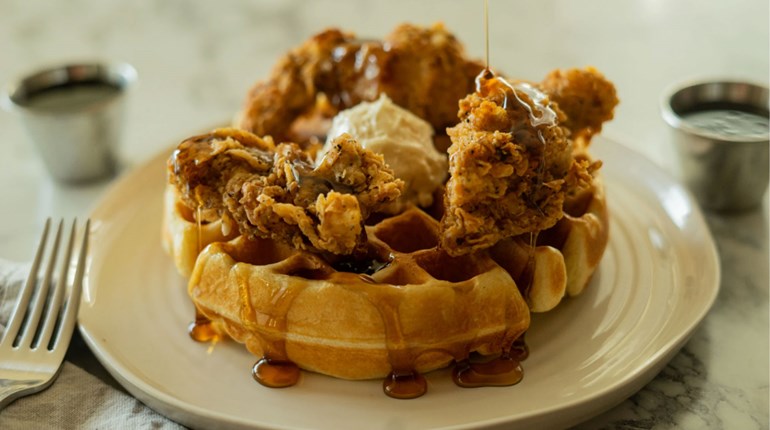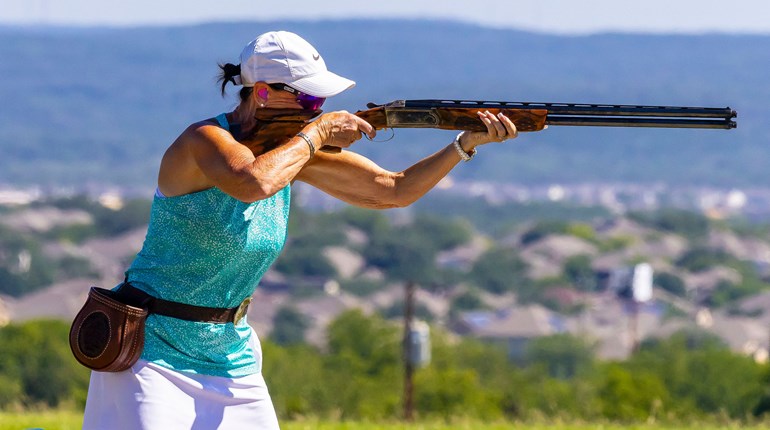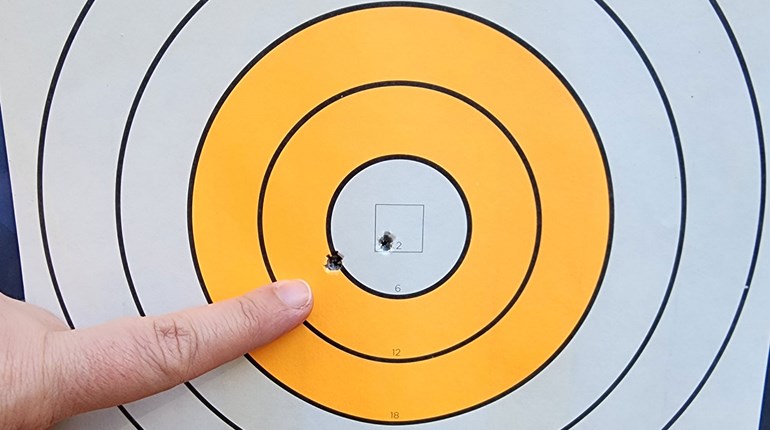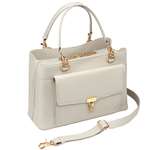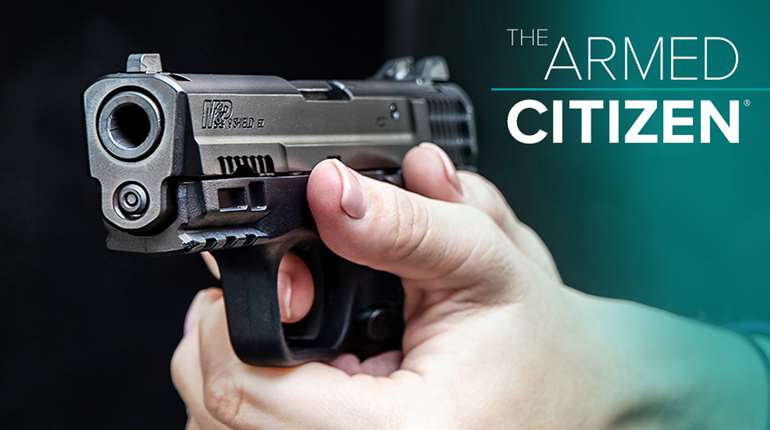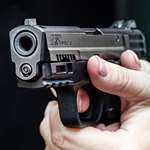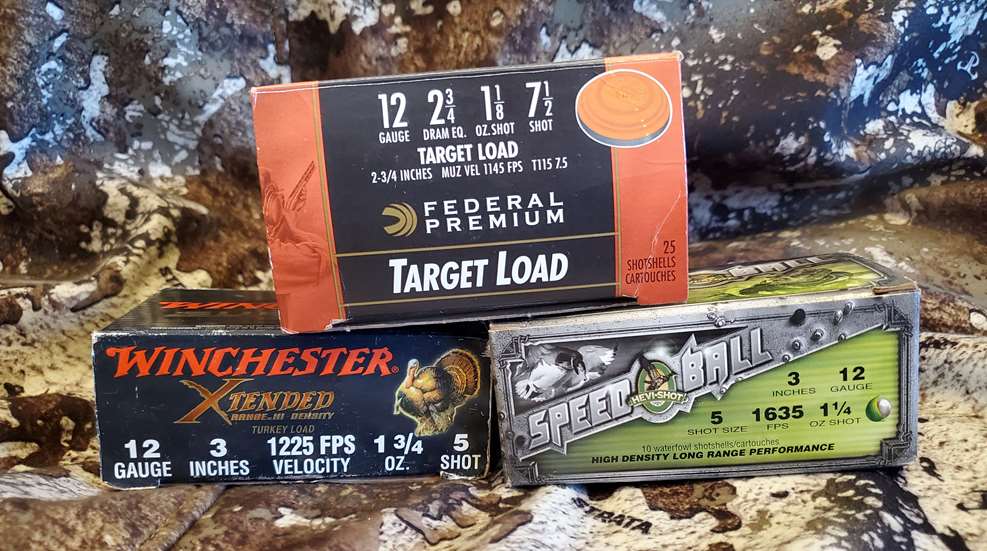
When you’re buying shotgun shells for a round of sporting clays, a duck hunt or anything in between, a lot goes into choosing which box to buy. There’s also a good bit of overlap—a pretty broad range of shell options will kill ducks, for example—so don’t put too much pressure on yourself to pick exactly the right thing. Still, the amount of information on a box of shotgun shells can be intimidating, so here’s a breakdown of what it all means.
 Gauge
Gauge
There are two numbers on the box that you absolutely must not get wrong, for safety reasons. The first is gauge. Modern shotguns come in 10-, 12-, 16- (rare, but still around), 20- and 28-gauge and .410 bore, with 12-gauge being the most popular. The larger the number, the smaller the diameter of the shell. This number will be stamped on your gun’s barrel. You can read more about selecting your gauge here, but just know that the shells you buy must be the same gauge as the gun you plan to shoot them out of. Otherwise, they won’t fit—or, worse, they will fit but will not fire properly, creating a seriously dangerous malfunction.
Length
Length is the other number you must get right. Every shotgun’s chamber (the part that holds the shell that’s about to be fired) is made a certain length, typically 2¾”, 3” or 3½”, although some smaller-gauge guns can be shorter. This number will be also stamped on the gun’s barrel or receiver. You can safely shoot a shorter shell in a longer chamber, but not vice versa. The longer the shell, the more shot you can fit in it. The 3½” shells are typically only used by turkey hunters and some goose and duck hunters, though shorter shells are also appropriate for these uses. Clay target shooters don’t need to hit their target very hard or with lots of pellets, so they shoot 2¾” shells. The 3” is a nice compromise that is popular with hunters of all sorts of game.
Speed
You’ll find the shot’s muzzle velocity expressed in feet per second (fps). This can vary depending on other factors but is typically between 1,000 and 1,600 fps. In general, the faster the shot leaves the barrel, the more recoil you’re going to feel, and the harder the pellets will strike the target. Faster shells require less lead on the part of the shooter, but it’s not as much of a difference as you might think, so don’t feel pressured into assuming you need super-fast shells. For most of us, the lead reduction is not worth the increase in recoil.
Weight of the Shot
The weight of the total shot payload is expressed in ounces. In 12-gauge, this ranges from 7/8 oz. up to 2 oz. or more for specialty loads (typically for turkeys). The more shot in the shell, the more recoil you’ll feel, all else being equal. Lightweight 7/8 oz. and 1 oz. shells are perfect for clay targets, but the versatile 1 1/8 oz. loads will do a fine job as well—just with a little more kick. Loads designed for waterfowl or upland birds might be a little heavier, and loads specifically designed for turkeys can be heavier still. Choose your weight based on how much “knockdown power” you expect to need, with lighter loads for smaller targets.
Shot Size
Shot size is expressed as a number, generally from No. 9 (very small) to BB (large), and going even larger if you get into buckshot sizing. This indicates the size of the individual pellets of shot, and the larger the number, the smaller the shot, thus the more pellets will fit in the shell. This article goes into more detail about how to choose your shot size, but in general, choose small shot for small targets and larger shot for larger targets. No. 9 is mostly used by skeet shooters, who shoot easily-broken clay targets at close range. Buckshot is for big-game hunting (where legal) and personal defense, with a range in between. Some specialty loads might combine two or more shot sizes into one shell; turkey loads in particular are known for this.
Dram Equivalent
Dram equivalent, shown in grams, is an old-school method of expressing velocity, sort of a holdover from the days when we were using blackpowder. Some manufacturers don’t even list this on the box anymore. Dram equivalent can give you an idea of velocity, but it requires a little calculation to arrive at a number. The larger the dram equivalent, the higher the muzzle velocity and the more recoil will be generated. I usually ignore this number, to be honest, and reference the velocity listed in fps instead.
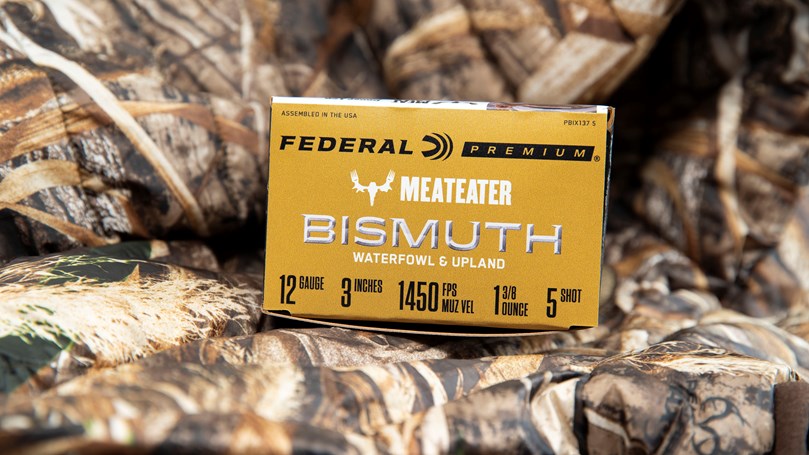
Material
This isn’t a number, but it’s an important listing on the box that you should consider when purchasing. This is the material the actual shot is made out of. Lead is the most common and most affordable, and it can be used for target shooting, defense and many hunting applications. Lead is illegal for hunting waterfowl, and some states and local lands have banned it for upland birds as well, due to environmental concerns in wetlands. Duck and goose hunters use steel, bismuth, tungsten or other forms of nontoxic shot. These are all more expensive than lead, so most hunters use nontoxics when and where required and use lead for everything else.













